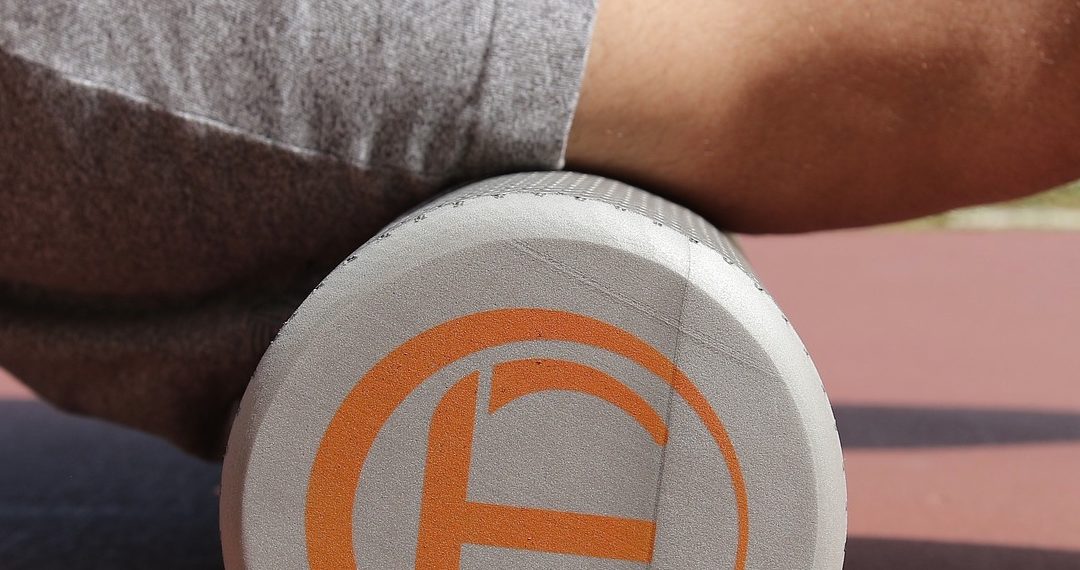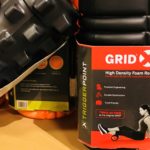People often ask … “what do you know about foam rolling?”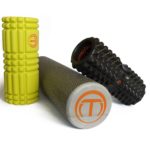
Foam rolling is currently being marketed as Self Myofascial Release (SMR). I have seen articles on how it can reduce cellulite. Trainers are saying it can enhance performance. PT’s and Chiro’s tend to like them. A lot of people find them helpful.
Right now we are in a hyper ‘latest and greatest’ marketing phase. The truth, if it sounds too good to be true, it usually is.
Here are a few things I know about foam rollers.
1. They are making a killing selling foam rollers. It is such an inexpensive solution for flexibility concerns. The value proposition is very attractive.
2. Foam rollers come in lots of fun colors and exciting shapes. Remember the movie UP. SQUIRREL!!!
3. The research is fascinating and interesting. The research is showing no negatives to foam rolling. It seems that it stimulates the mechanoreceptors in the myofascia. However, researchers also found that if you foam roll just one leg, pain in the other leg will go away as well. So it affects the nervous system and perception as well. Like I said, fascinating and interesting.
4. The flexibility benefits are short lived. Research is showing that the benefits to flexibility is about 10 minutes. However, if done religiously, the flexibility improves long term. Once you’re up and moving, the movement keeps you flexible. “Motion is lotion.”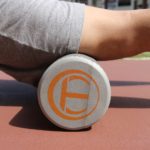
5. Enhanced performance benefits …. Jury is out. We do know that there are no negative effects of rolling. Enhanced performance? Still waiting for solid research.
6. People tend to foam roll where they have pain. This is a problem. Myofascial trigger points and the resulting pain patterns are not one in the same. Think about a water spot on the ceiling. Painting the ceiling will not fix the problem. The spot tells you there is a problem. The problem is some where else.
7. People try to foam roll their low backs. This is a big no no. You need to foam roll the muscles that cause low back pain, not the low back. You can roll the upper back, just leave the low back alone.
8. Myofascial cross patterns. Our body contains many myofascial cross patterns involved in pain and flexibility. Examples include Low Back /Hip Flexor, Upper back / pectorals, Upper Traps / Scalenes. Cross Patterns are a Myofascial game of tug of war. You may or may not be able to address the entire cross pattern with a foam roller. That is a problem.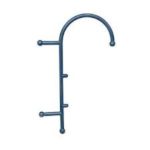
9. Just like the old Theracane from the 80’s, a Foam Roller is a great tool to have available. But like all tools, success is only as good as the knowledge and skill using the tool. What grade did you get in Functional Anatomy 101?
10. If you have to consistently roll out an area each work out, it is time to admit it isn’t working. You need to see a Myofascial specialist, find a well trained myofascial specialist with years of experience. You need to figure out what is going on and find a new approach.
If you are concerned about performance? If the pain is getting in the way of improvement? If you are reaching for Ibuprofen and the foam roller?
Don’t keep rolling.
Seek out a professional for help. You will be amazed at what a few sessions with the right Myofascial Therapist can accomplish. It will increase your performance and bring joy back into the activity. You will remember why you began the journey in the first place.

